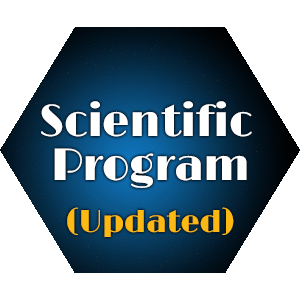
Takayuki Saito
Research Institute of Green Science and Technology - Shizuoka University, Japan
Title: An innovative solid particle separation-classification process in a liquid-solid multiphase system by using 20 kHz ultrasound: The relationship between particle flocculation patterns and gases concentration in water
Biography
Biography: Takayuki Saito
Abstract
His research group found out a fascinating phenomenon that particles with sub-millimeter or millimeter diameter dispersed in water are flocculated into a spherical swarm by irradiating kHz band ultrasound, and developed a new process for particle separation and classification process. In this flocculation process, acoustic cavitation-oriented bubbles (ACOBs) play an essential role, which is absolutely different from conventional ultrasound particle manipulation techniques. The ACOBs’ dynamical characteristics in the ultrasound pressure field vary with the gas components and concentration in water; thus the particle flocculation patterns are influenced by the gas conditions. A pattern of spherical particle flocculation appears in air-dissolution water, and a pattern of chain-like flocculation appears in CO2 concentration-controlled water. Furthermore, the ACOBs’ dynamical characteristics vary with the ultrasound irradiation conditions such as amplitude, frequency and their change rate. First, on the basis of the forces acting on the ACOBs and the particles, the mechanisms of these flocculation patterns are discussed. Second, highly utilizing the revealed mechanisms, a new particle separation and classification process by diameter will be proposed. Finally, the performance of this new process is demonstrated. Particle classification by diameter by controlling ultrasound amplitude.

